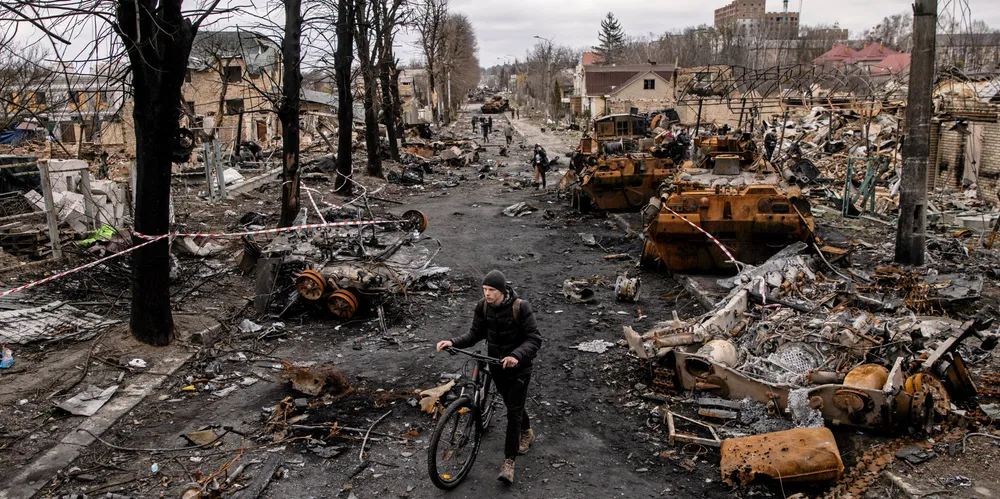Renewables and green hydrogen in Europe will accelerate in response to Russia's war: DNV
Solar forecast to see 20% increase in installed capacity, while renewable hydrogen will grow 25% faster by 2030, says consultancy

Solar forecast to see 20% increase in installed capacity, while renewable hydrogen will grow 25% faster by 2030, says consultancy
